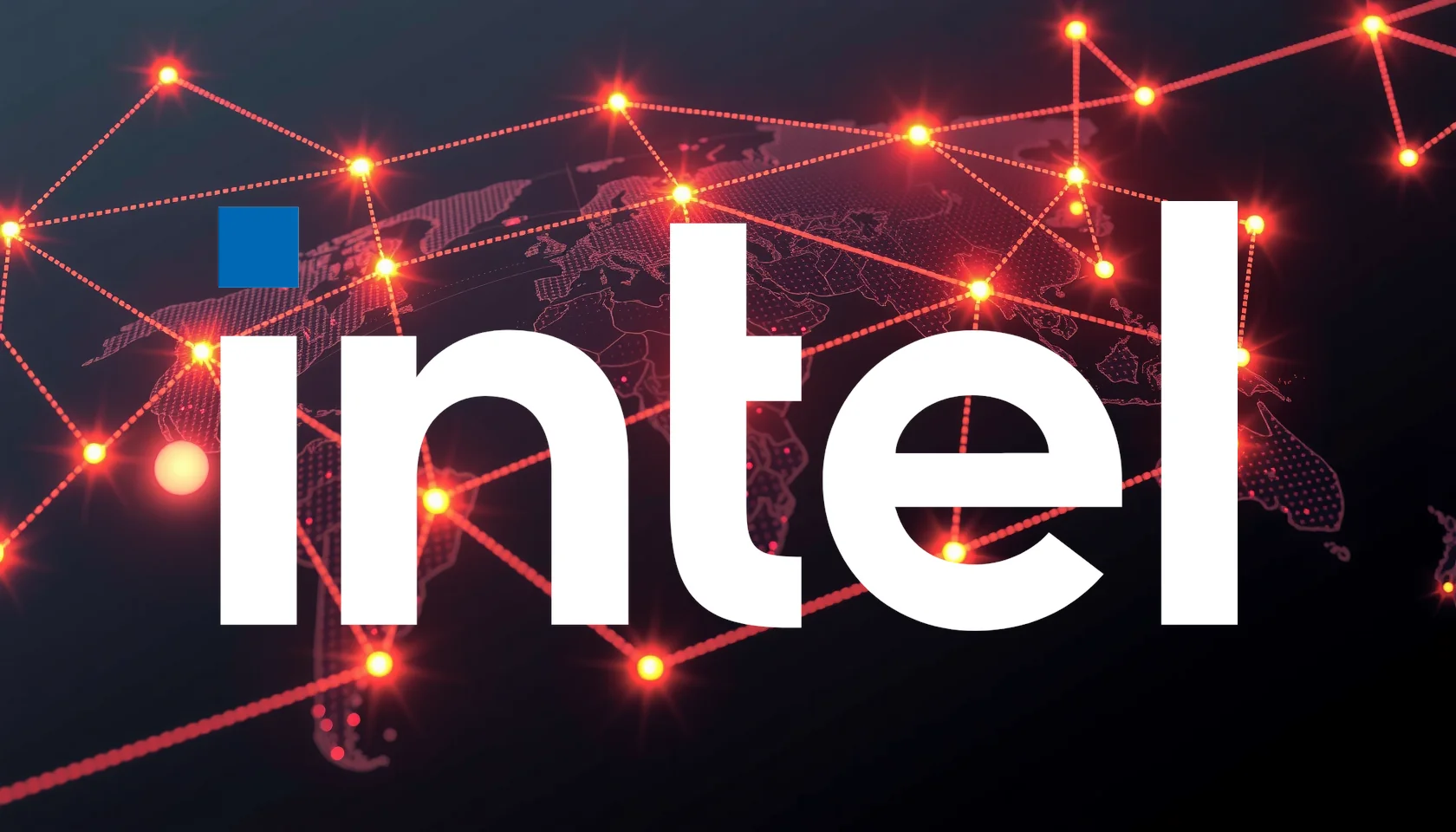Intel’s stock experienced a dramatic reversal this week, plunging approximately 7% after an initial surge of investor optimism. This sharp pullback highlights the deep market division regarding the semiconductor giant’s strategic direction and long-term viability.
Fundamental Weaknesses Overshadow Capital Raise
Beneath the surface volatility lies a complex financial picture. Recent quarterly results reveal the core challenges Intel continues to face:
* Earnings per share: -$0.10 (falling short of analyst projections)
* Revenue: $12.86 billion (a marginal year-over-year increase of 0.5%)
* Profit margin: -38.64%
Despite nearly flat revenue growth, the company is burning significant cash. This underscores the critical need for the recently confirmed $2 billion investment from SoftBank. However, the essential nature of this capital injection also introduces substantial risk for current shareholders in the form of potential equity dilution.
Should investors sell immediately? Or is it worth buying Intel?
Complex Negotiations and Government Involvement
The situation is further complicated by ongoing, high-stakes negotiations. Reports indicate Intel is in discussions with other major investors regarding additional stakes, which may be offered at discounted terms. Concurrently, the U.S. government is considering converting a portion of its CHIPS Act subsidies into a direct equity position in the company. This intricate dance of powerful entities creates significant uncertainty about the future ownership structure and its impact on existing shares.
Valuation Concerns Come to the Fore
Prior to this recent sell-off, a rally had propelled Intel’s valuation to a price-to-earnings (P/E) ratio of 53—a level not seen since the dot-com era of 2002. In the context of the company’s persistent fundamental challenges and the prospect of further capital raises, this lofty valuation now appears increasingly difficult to justify.
The stock is caught in a classic dilemma: the capital strengthens Intel’s ability to fund its massive investments in new manufacturing capacity and survive, but it does so at a probable cost to its shareholders. The ultimate trajectory of Intel’s share price will depend on whether the market ultimately rewards this rescue strategy or continues to be dominated by fears of dilution.
Ad
Intel Stock: Buy or Sell?! New Intel Analysis from November 20 delivers the answer:
The latest Intel figures speak for themselves: Urgent action needed for Intel investors. Is it worth buying or should you sell? Find out what to do now in the current free analysis from November 20.
Intel: Buy or sell? Read more here...













